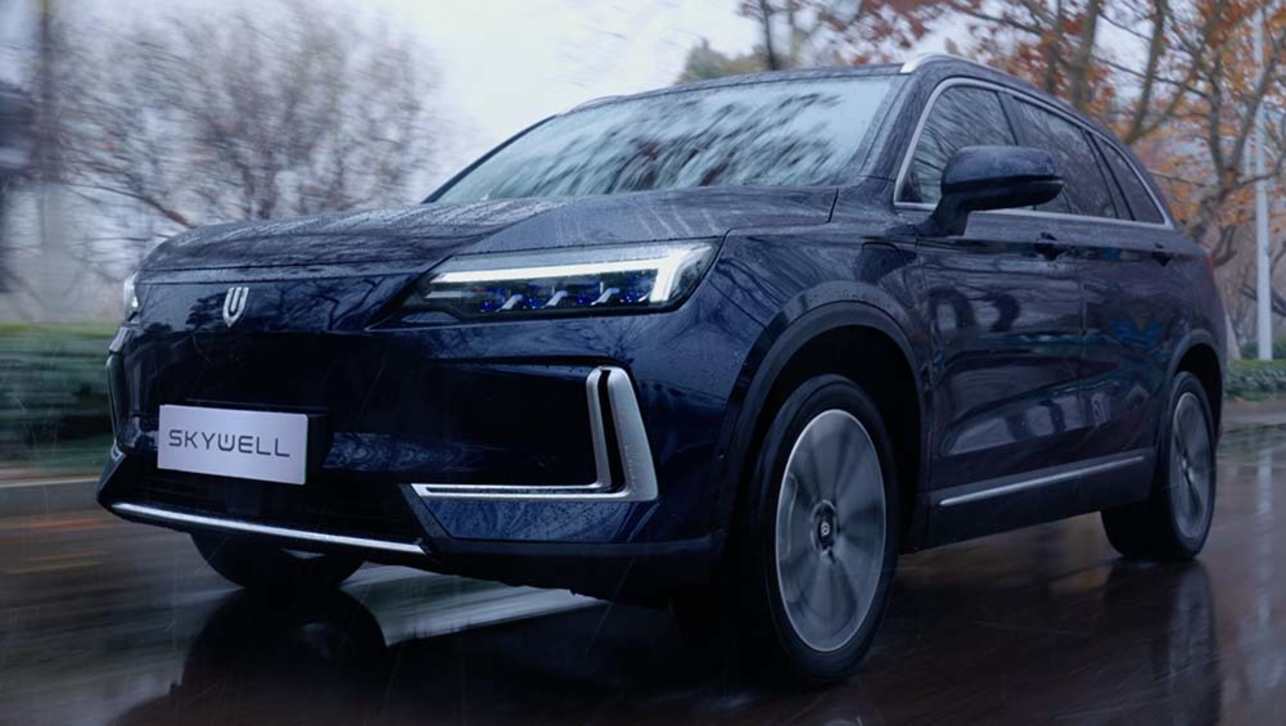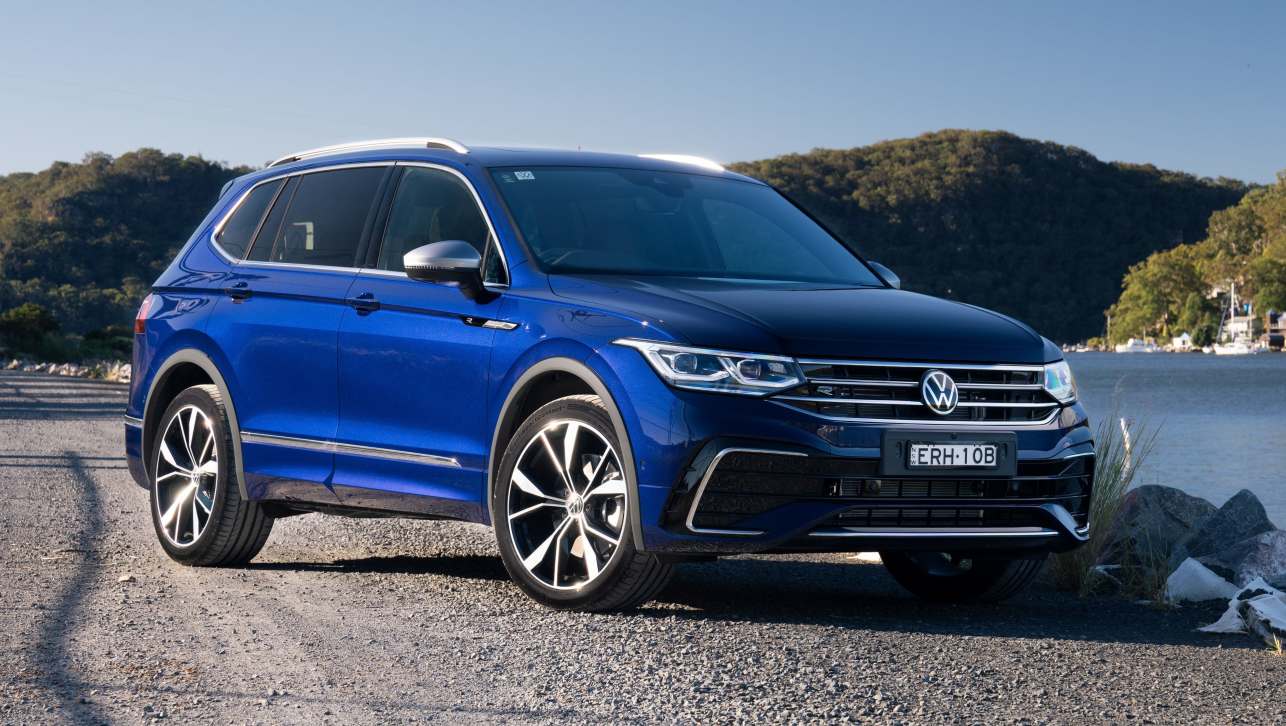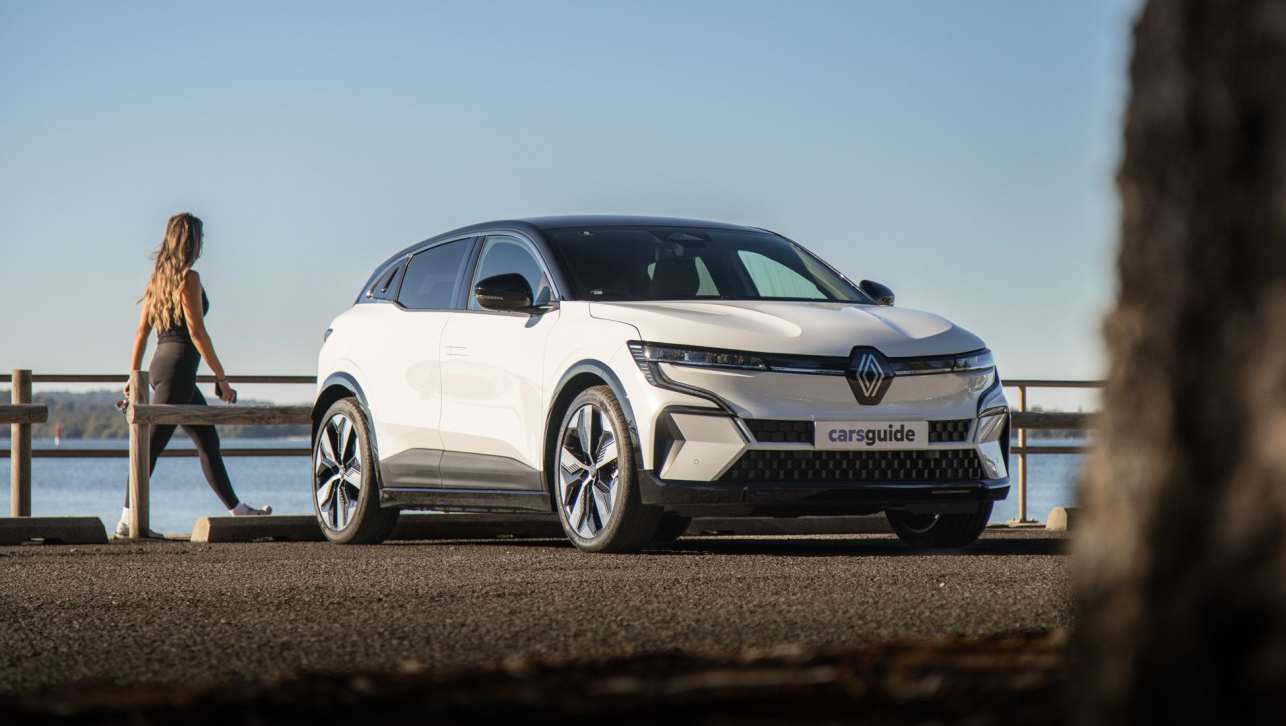People were furious this week when footage emerged of an L-plater driving a 552kW Lamborghini Aventador, even if it was completely legal. So, you might be surprised by the cars P-platers are allowed to drive or banned from depending on which state they live.
One of the most surprising is a family focussed car that’s banned for P-platers in New South Wales but completely legal to drive on your Ps in every other state of Australia. It’s the Hyundai Ioniq 5 - a medium-sized electric SUV which is P-plate approved in Queensland, Victoria, Western Australia, Tasmania, the ACT and the North Territory but not in New South Wales.
Now we must point out it’s not all Ioniq 5s that the NSW rules makers have a problem with - it’s the Techniq and Epiq grades in the range which are banned, while the entry grade is fine.
Why? Because the NSW Government prohibits P1 and P2 drivers from using high-performance cars.
A high-performance vehicle banned to P-platers according to NSW’s regulations if:
- Has a power to tare mass ratio (PMR) of greater than 130 kilowatts per tonne;
- Has had a significant engine modification;
- Has other specifications or data suggesting that it is a high risk for novice drivers.
The power output of the Ioniq 5 in the techniq and Epiq grades is 239kW. That’s a lot for a combustion engine car, but not unusual for an electric vehicle with two motors.
At the same time the batteries and motors mean the car is heavy at 2125kg. That gives the Ioniq 5 in these grades a power-to-weight ratio of 112.5kW/tonne. That’s clearly under 130kW/tonne.
We asked Transport for NSW to clarify why then the Ioniq 5 is on the banned list of cars P-platers couldn’t drive.
_0.jpg)
Sally Webb, Transport for NSW's Deputy Secretary for Safety, Environment and Regulation told us that Ioniq 5 Epiq and Techniq were indeed banned for P-platers, but not for the reason we expected.
"A vehicle’s power to mass ratio is not the only criteria that defines a high-performance vehicle. Some vehicles are also defined as a high-performance vehicle if the actual performance is greater than the power to mass ratio would typically suggest," she said.
"The base (Dynamiq) variant of the 2023 Hyundai Ioniq 5 is not defined as a high-performance vehicle, however the high-powered variants are defined as a high-performance vehicles under the third point above and are banned for P1 and P2 licence holders."
It boggles the mind trying to think what data or specifications the NSW government is talking about here. The loud exhaust? It has no exhaust. Lowered ride height? It's 160mm - the same as a Toyota Camry. The enormous rear wing? Nope, no wings here.
Kia's EV6 is the Hyundai Ioniq 5's twin with both carmakers sharing the same parent company and technology. The EV6 GT-Line has the same 239kW output and is also banned for P-Platers just for NSW.
.jpg)
By the way, the turbocharged Subaru Outback Sport XT has a power to weight ratio of 108kW/tonne and is P-plate approved.
Queensland, Victoria and South Australia also enforce the no-more-than-130kW/tonne rule for P-plate drivers.
It’s bizarre that a SUV that’s clearly not sports car could be banned for being a high-performance vehicle.
Equally bizarre is that the new Porsche 911 GT3 with 375kW and a power to weight ratio of 250kW/tonne is P-plater approved in some states of Australia.
If you’re in Queensland, NSW, Victoria or South Australia the 911 GT3 is on the banned car list for P-platers. But, if you’re a P-Plater living in the ACT, Western Australia, Tasmania or the NT your state governments reckon it’s absolutely A-okay for you to drive a 500-horsepower racecar on the road.
.jpg)
What the actual? Well unbelievably Western Australia, Tasmania, the ACT and Northern Territory don’t prohibit P-platers from driving any cars. That’s right an 18-year-old who has has only had their Ps for an hour can drive a 500-horsepower car.
Why stop at 500 horsepower? P-Platers in WA, Tassie, the NT and ACT can drive whatever they like. A 530 horsepower V8 Aston Martin Vantage? A 620 horsepower McLaren GT? Sure, you can. A V10 Lamborghini Huracan Technica with 640 horsepower? Yes, yes you can. Wait, a Ferrari 812 Competizione with a V12 making 830 horsepower wearing P-plates? Absolutely! why not!
Meanwhile in NSW: I’m on my Ps, can I drive mum’s Volkswagen Passat R-Line station wagon? Are you kidding? No way!
So it raises some questions. Are NSW, Queensland, Victoria and South Australia being overly strict on what P-platers can drive? Or are the other states being irresponsible by allowing new drivers, many of them just teenagers, to get behind the wheel of true high performance vehicles?
Then again, perhaps WA, the ACT, NT and Tasmania are right? Aren’t all cars dangerous and potentially lethal?
.jpg)
Isn’t a Corolla just as dangerous in the hands of an irresponsible 17-year old as a Lamborghini? Any car which can travel at 100km/h is lethal, right? And that’s every car on the road.
I’d argue, too, that a high-powered performance car piloted by a 40-year old driver who’s a drongo and showing off is more dangerous than a cautious 18-year old on their Ps driving the same car.
Really, what power-to-weight ratios are supposedly to be telling us is how fast a car can accelerate, and in the past nothing could accelerate faster than supercars like Ferraris and Lamborghinis. They are true high-performance cars and with that sometimes comes a certain attitude from the driver.
But we’re moving into the electric vehicle age, a time when all EVs have very impressive acceleration but are not by any means thought of as high-performance cars and driven by families like the Ioniq 5 or Tesla Model 3.
Still a Porsche 911 GT3 with P-plates? I can’t believe that half the states in Australia think that’s ok.






.jpg)



.jpg)

.jpg)




.jpg)




.jpg)
.jpg)
.jpg)
.jpg)




Comments